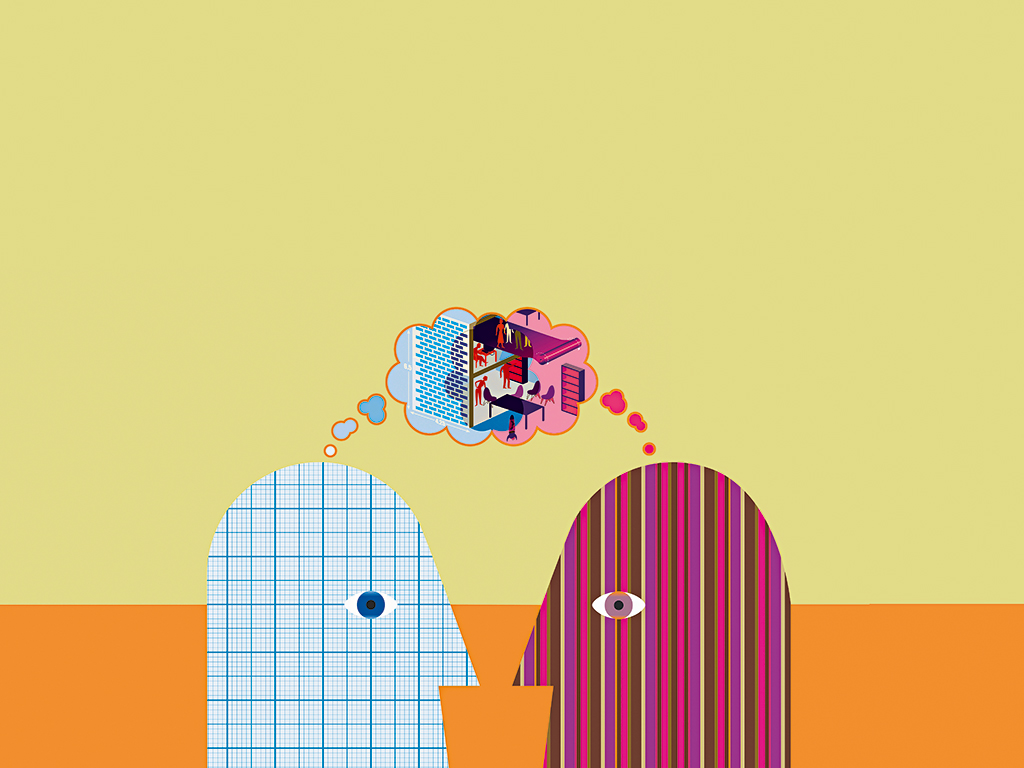Could brain-to-brain communication be about to infiltrate our lives?
Researchers claim to have reached a breakthrough in creating the world’s first ‘telepathic’ message. Laura French ponders the development of brain-to-brain communication

A range of new technologies - such as robotised transcranial magnetic stimulation and EEG devices - are giving new possibilities to the idea of brain-to-brain communication
It sounds like the subject of a sci-fi blockbuster, or a sceptic’s worst nightmare: communicating a message from one person to another, over 4,000 miles apart, via nothing other than brain signals and a bit of technology. But in September that’s exactly what a group of researchers did. Hailed as “the first human brain-to-brain interface” in the PLOS ONE journal, the words ‘ciao’ and ‘hola’ were successfully transmitted from a wired-up individual in India to the brain of a recipient in France.
Researchers from Harvard and Barcelona-based Starlab used an EEG device to read brain signals in the sender when he imagined moving his feet or hands. The signals were translated into binary code and sent via email to three recipients. Robotised transcranial magnetic stimulation (TMS) then created electrical signals in the brain of each recipient, leading to flashes of light that corresponded to the binary numbers and could be translated back into the words thought up by the sender.
[S]ome sort of new interface that bypasses the need for a keyboard and connects the mind to the computer could well become a reality at some point in the future
Broader thoughts
This isn’t the first time some form of ‘telepathy’ has been accomplished, although it is the first example of actual words being transmitted. In August 2013, University of Washington scientists used TMS to stimulate a recipient’s motor cortex so his hand moved unconsciously, in accordance with brain signals from a sender. Similar communication has been achieved between rats via electrodes. fMRI technology has, in the past, enabled people to guess the shapes and objects pictured or dreamt about by others.
And it’s not just limited to theory: Google has latched onto the mind-reading capacities of EEG, recently announcing a ‘mind control’ attachment that will allow Google Glass users to take a picture simply by focusing on an object. The headband connects to an app that measures electrical signals in the brain and converts them into instructions.
But before everyone gets too excited by the prospect of telepathic communication taking over the world (alongside robots, cyborgs and green aliens), it’s worth taking a quick reality check. To call the India to France message ‘telepathy’ is something of a stretch; as a quick description suggests, it’s a fairly laborious process. Working at a millionth of the average US internet speed it’s also a very slow one: it took 70 minutes for ‘ciao’ and ‘hola’ to reach the receivers, which doesn’t seem particularly conducive to a lively conversation. The method also had an error rate of up to 15 percent.
Guessing the future
Researchers believe the process could be sped up as technology advances, possibly bypassing the need for binary code. Supporters hail the technology as having the potential to help those suffering from locked-in-syndrome, strokes and other debilitating conditions. “Take someone in a coma”, Dr Berg told the Daily Mail. “This could open up the possibility of being able to communicate with them.” He predicts brain-to-brain communication could be put to use within the next 20 years. Giulio Ruffini, co-author of the study, told Agence France-Presse: “We hope that, in the longer term, this could radically change the way we communicate with each other.”
Although it might be an exaggeration to claim we’ll all be reading each other’s minds in a few years’ time, some sort of new interface that bypasses the need for a keyboard and connects the mind to the computer could well become a reality at some point in the future. The 19th century saw the tin can telephone blossom into global telecommunications; the 20th century saw the internet spring up to transform the way we work, communicate and live. What the 21st century holds in store in terms of technology and communication remains to be seen, but it’s certainly worth thinking about.













